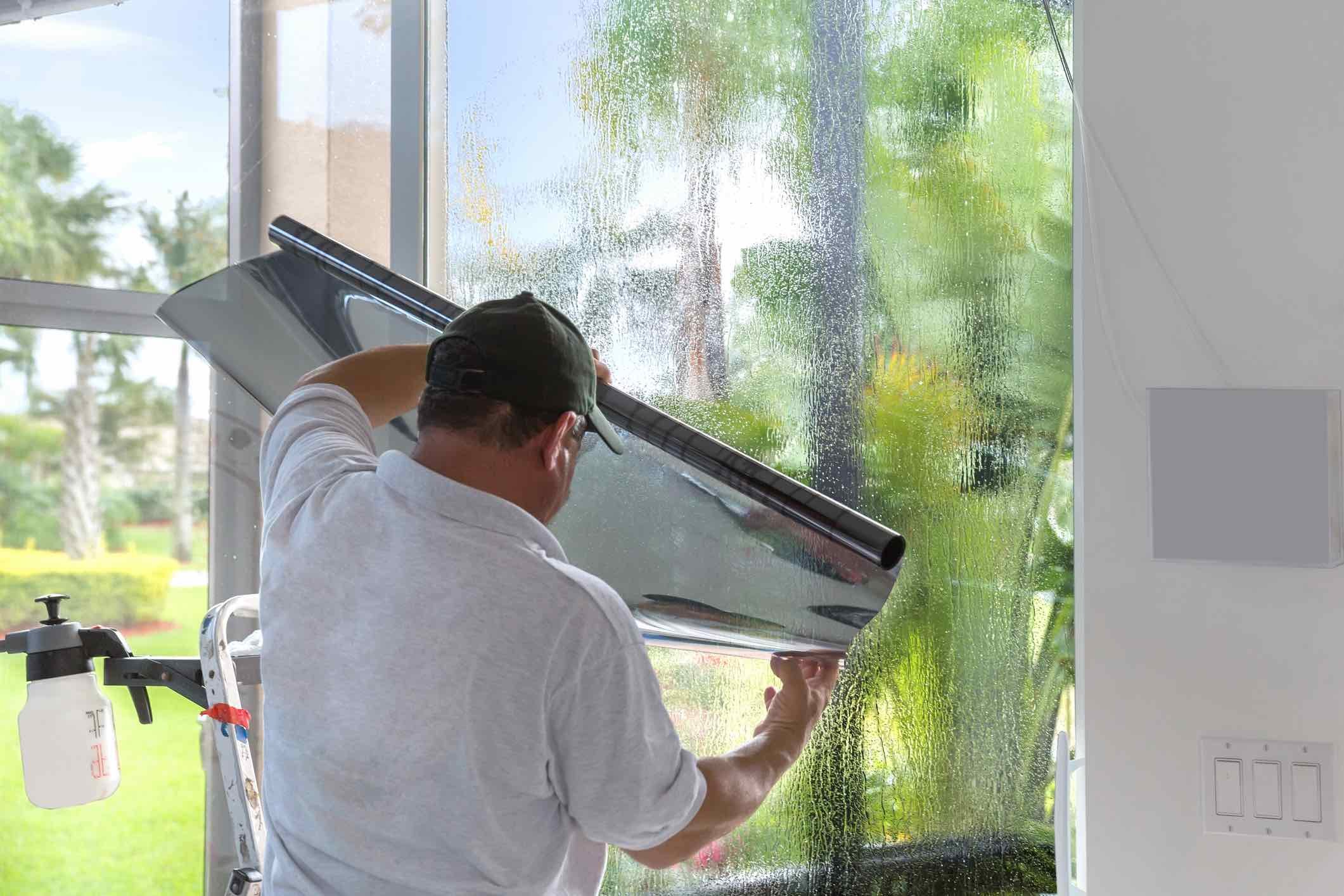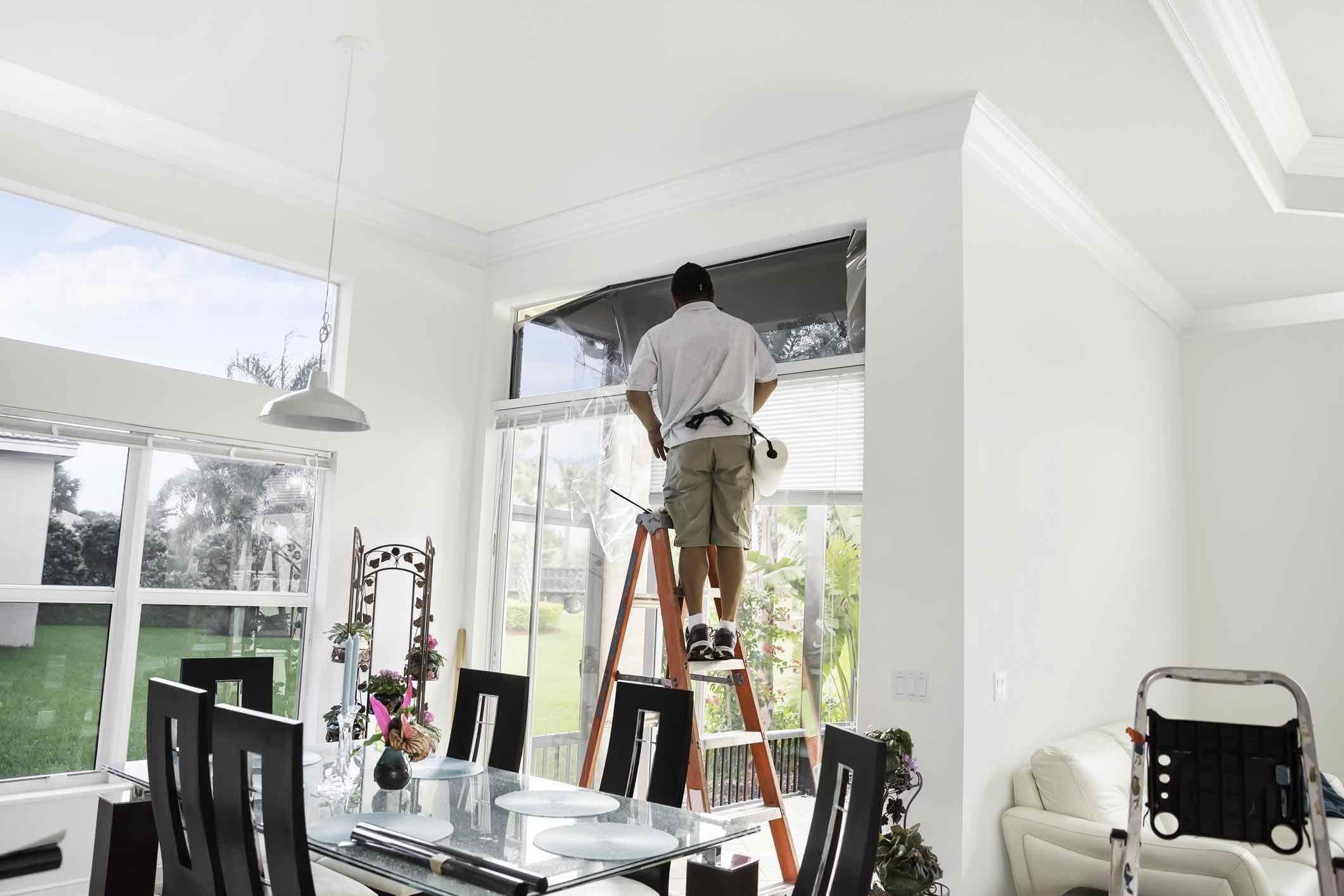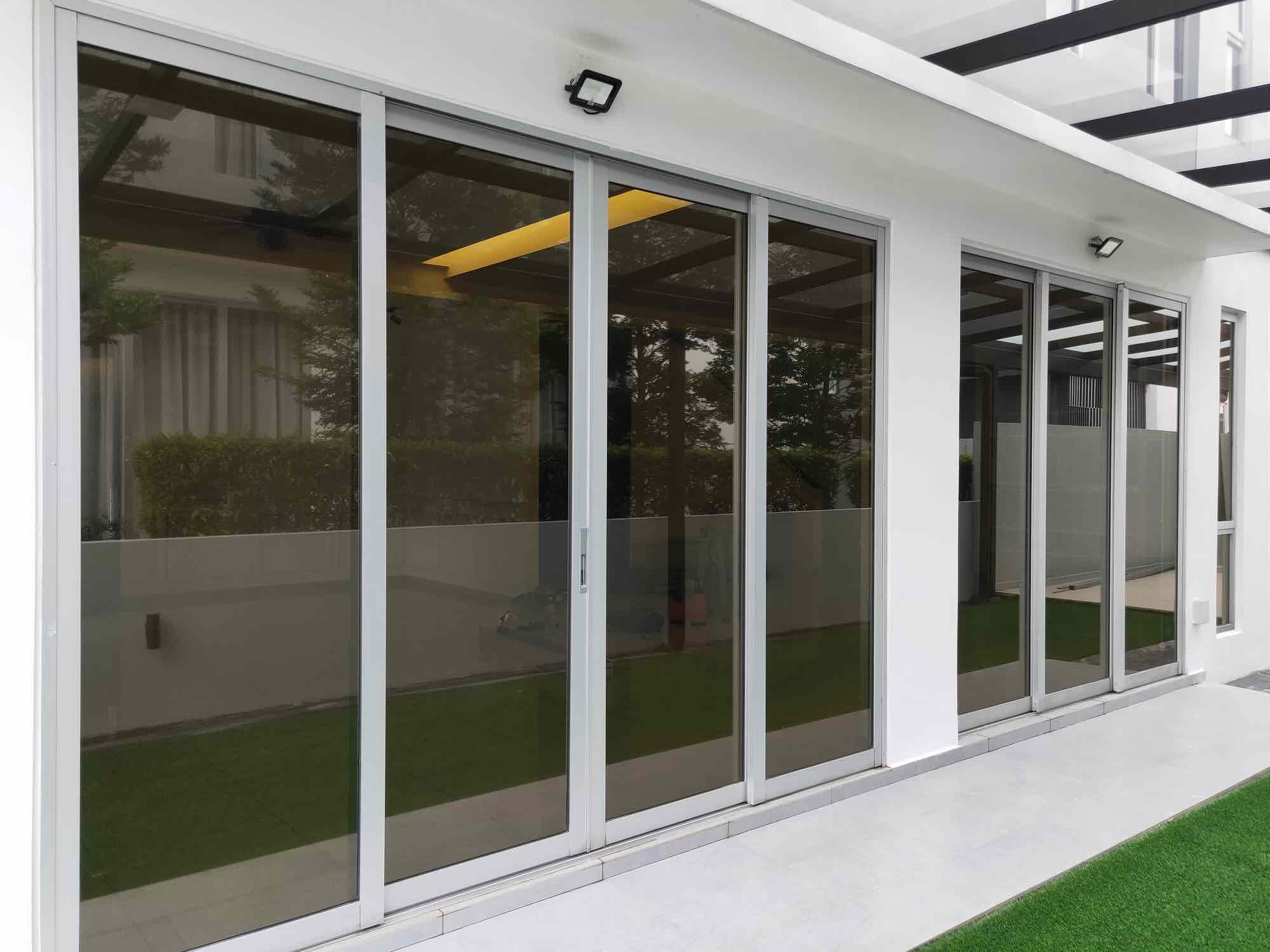All-Inclusive Guide to Tinting Home Windows
Are you considering tinting your home windows for enhanced privacy, improved energy efficiency, or simply to boost your home's aesthetic appeal? If so, this comprehensive guide is for you. Dive in to learn everything you need to know about tinting home windows, from understanding the different types of home window tint, to evaluating the pros and cons, and even exploring the various price points of each type of home window tinting.
The Basics of Tinting Home Windows
Tinting home windows involves applying a thin, transparent layer of film to the existing glass surfaces. This seemingly simple addition serves multiple purposes, including reducing energy costs, blocking harmful UV rays, increasing privacy, enhancing aesthetics, and even providing an added layer of security.
Although most people associate window tinting with automobiles, tinting home windows is an equally beneficial practice that offers an array of advantages. As a cost-effective alternative to replacing windows, tinting can transform your home into a more comfortable, energy-efficient, and private space.
7 Different Types of Home Window Tint
There are seven primary types of window tint that can be applied to home windows, each offering its unique set of benefits. Let's delve into each one.
Solar Window Film
Solar window films are designed to block the sun's harmful rays while maintaining a clear view of the outdoors. These films can reduce your home's cooling costs by up to 30%, making them a popular choice for homeowners living in sun-drenched locales. Additionally, they can protect your furniture, artwork, and other home furnishings from fading due to UV exposure.
Decorative Film
Decorative films offer a way to add a touch of personality to your windows. Available in a variety of colors, patterns, and designs, these films can transform your windows into works of art. Note that decorative films are typically thinner than other types of window tint and primarily serve an aesthetic purpose, rather than offering substantial UV or heat protection.
Security Film
Security films provide an extra layer of protection for your windows. These films are thicker and more durable, making them harder to break or shatter. If you're concerned about break-ins or window damage during storms, security films can give you peace of mind.
Mirror Films
Mirror films create a reflective surface on your windows, preventing people outside from seeing in while still allowing you to enjoy your view of the outdoors. These films are an excellent option for enhancing privacy.
Ceramic Window Tint
Ceramic window tints are a premium option that offers superior UV protection and durability. While these films are more expensive, they're less prone to fading and can last longer than other types of window tint.
Metalized Tinted Windows
Metalized tinted windows use tiny metal particles to reflect sunlight and heat, helping to keep your home cool in the summer and warm in the winter. This type of tint is particularly beneficial for regulating indoor temperatures and reducing energy costs.
Glare Control
If you're tired of dealing with the sun's glare on your television or computer screens, a glare control tint could be the solution. This type of tint significantly reduces glare, making it easier to work or relax in your home without being disturbed by excessive sunlight.
Weighing the Pros and Cons of Tinting Home Windows
Like any home improvement project, tinting home windows comes with its set of pros and cons. It's essential to weigh these factors before making a decision.
Pros of Tinting Home Windows
Enhanced Energy Efficiency:
By blocking heat in the summer and retaining it in the winter, window tints can significantly reduce energy costs.
Improved Privacy:
Window tints can make it harder for people outside to see inside your home, providing an added layer of privacy.
Increased Home Value:
Tinted windows can enhance your home's curb appeal and potentially increase its market value.
Furniture Protection:
By blocking harmful UV rays, window tints can prevent your furniture, artwork, and other home furnishings from fading.
Added Security:
Certain types of window tint can strengthen your windows and make them more resistant to breakage.
Cons of Tinting Home Windows
Potential Warranty Restrictions:
Some window manufacturers may not cover damages caused by modifying windows with aftermarket window film. Check with your window manufacturer before installing window tints.
Reduced Natural Light:
While window tints can reduce glare and UV exposure, they can also decrease the amount of natural light that enters your home.
Initial Investment:
The upfront cost of purchasing and installing window tints can be high, although the energy savings can offset this cost over time.
Pricing of Home Window Tinting
The cost of tinting home windows can vary widely, depending on various factors such as the size of the windows, the type of window tint chosen, and whether you opt for a DIY installation or hire a professional. On average, homeowners can expect to spend between $2 and $100 per square foot for window tinting. While this may seem like a significant investment, the energy savings and other benefits can make it a cost-effective solution in the long run.
Maintenance of Tinted Home Windows
Maintaining tinted home windows is simple and straightforward. Gentle cleaners and a soft cloth or sponge are usually enough to keep them clean and clear. After cleaning, it's crucial to dry the glass thoroughly to prevent moisture from seeping under the tint and causing bubbles. With proper care and maintenance, tinted windows can last for more than 20 years.
Wrapping Up
In conclusion, tinting home windows can offer a multitude of benefits, from improved energy efficiency and privacy to enhanced aesthetics and security. While there are some cons and costs to consider, the pros often outweigh these factors, making window tinting a worthwhile investment for many homeowners. Whether you're looking to reduce your energy bills, protect your home furnishings from sun damage, or simply give your windows a facelift, window tinting could be the solution you're looking for.





